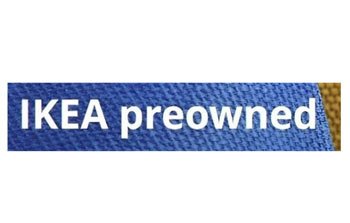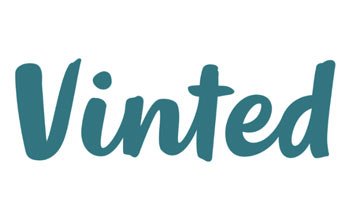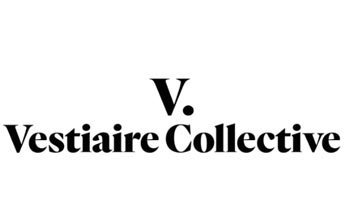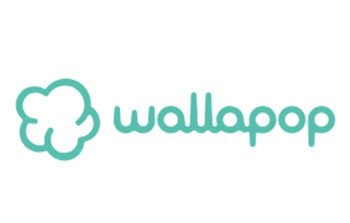
The beginning of the school year often brings many expenses: books, uniforms, school supplies… and the feeling that everything must be bought brand new. But what does “new” really mean? For a child, a pencil case that once belonged to another can feel completely new when it reaches their hands, even if it didn’t just come out of the factory.
The textile industry is one of the most polluting in the world: it requires enormous amounts of water, energy, and natural resources to produce the clothes we wear every day. Faced with this reality, we have a wonderful alternative within our reach: giving clothes and objects a second life.
The second-hand market has been growing for years thanks to platforms such as Vinted, Wallapop, or local exchange groups. But beyond the practical aspect, there is something almost magical in this gesture: what no longer serves one person naturally and harmoniously finds someone who does need it. It is a reminder that we are all connected: when a garment no longer makes sense in one wardrobe, it can begin a new story in another.
At our school, we already experience this through uniforms and clothing that are recycled and reused thanks to the collaboration of families. Inviting children to take part in this cycle is teaching them that what we care for, share, and extend in use has far greater value than what is simply used and thrown away.
AMPA
Canteen
admin_alicante@ausolan.com
Transport
transporte@ampaescuelaeuropea.com
After-School Activities
extraescolares@ampaescuelaeuropea.com
Bienestar – KiVa
wellbeing@ampaescuelaeuropea.com
Mobility Programme
intercambios@ampaescuelaeuropea.com
General
info@ampaescuelaeuropea.com













